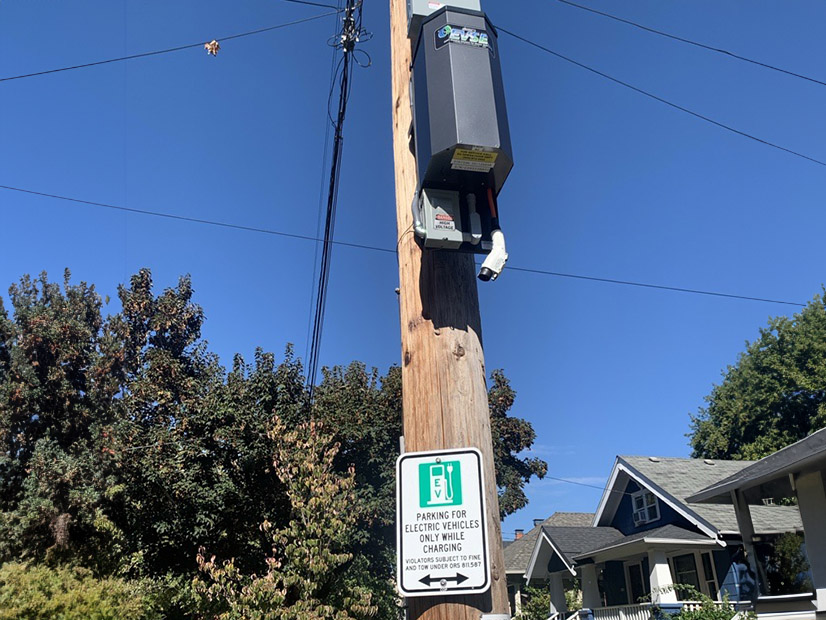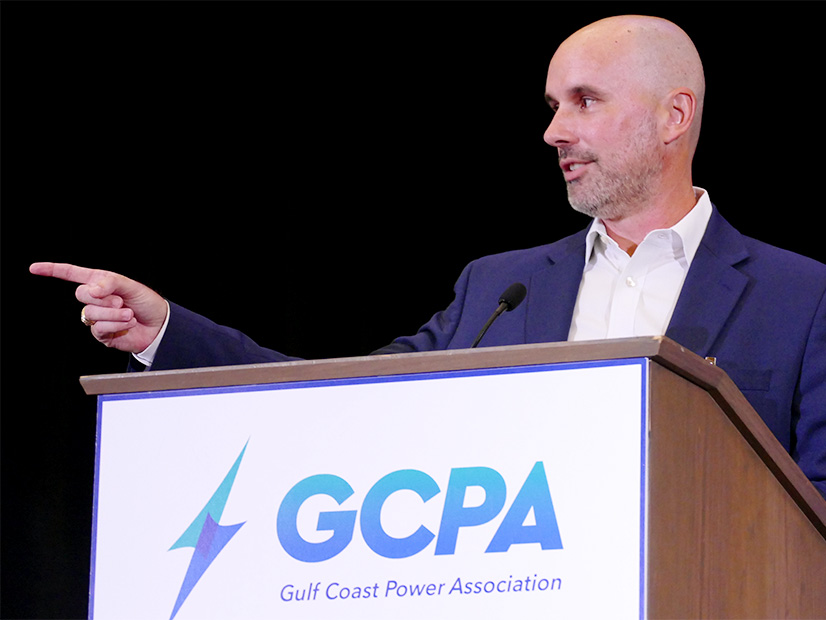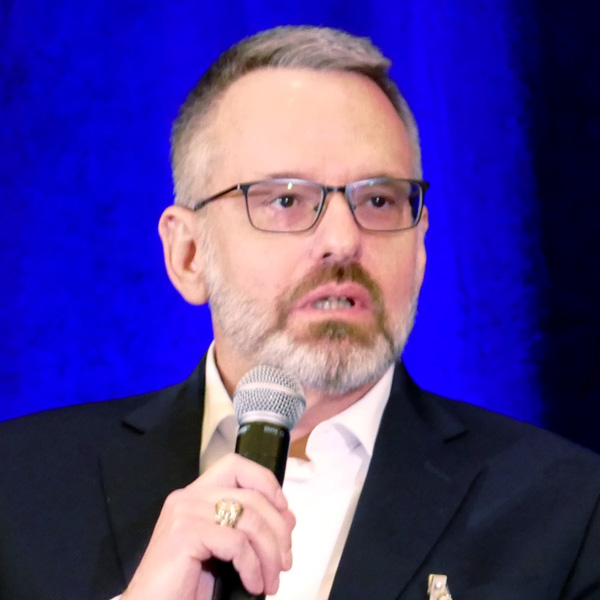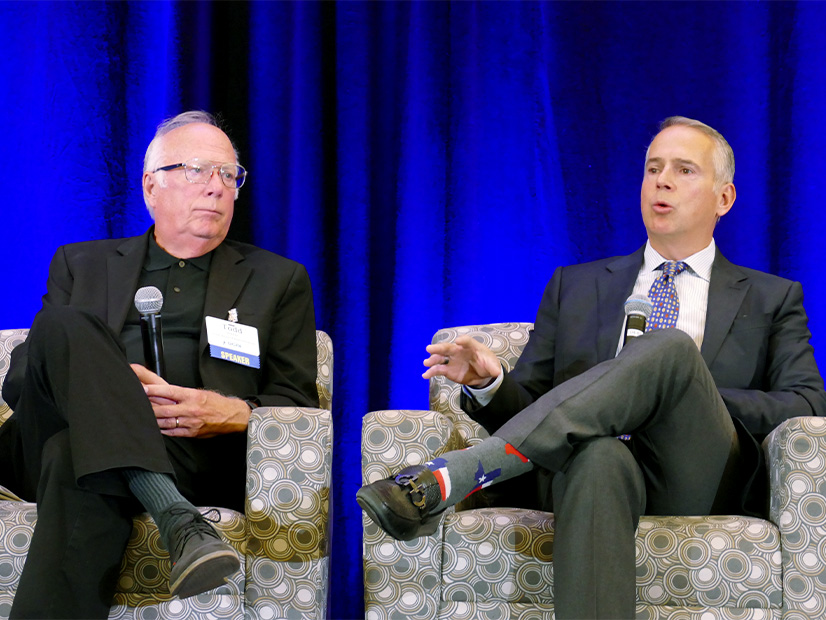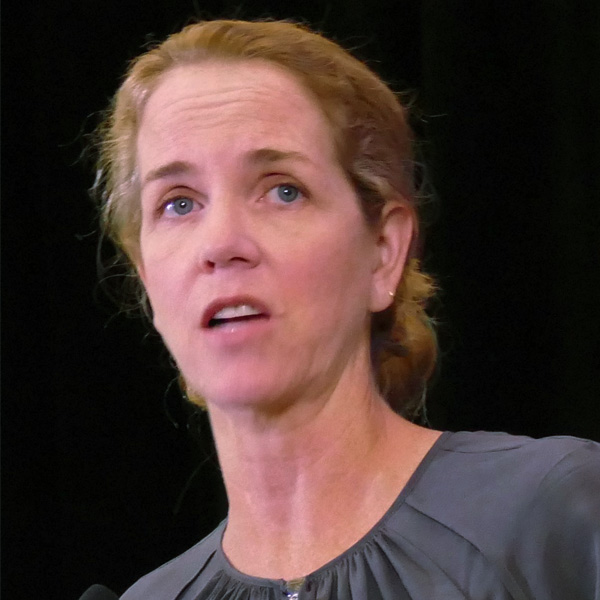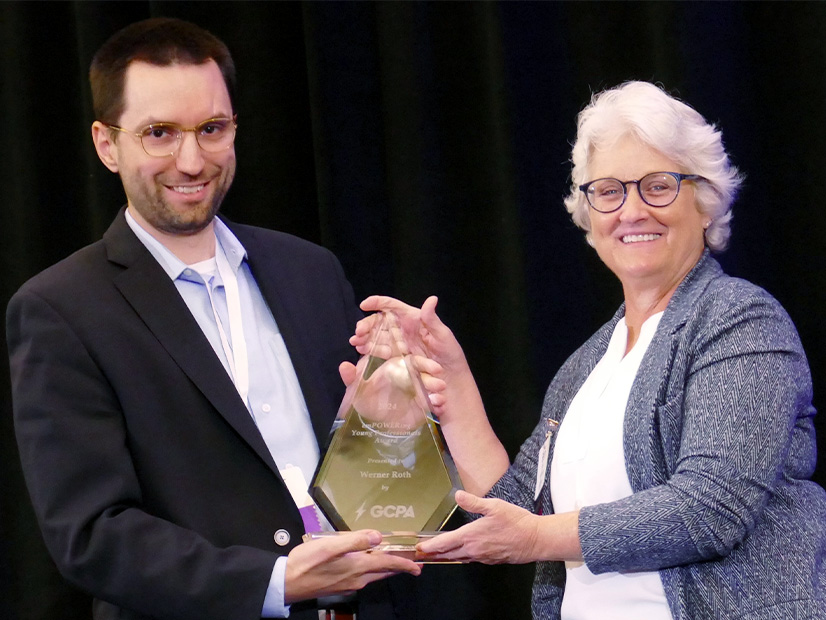Supporting President Joe Biden’s goal of electric vehicles making up 50% of all new light-duty car sales in the U.S. by 2030 will require the country to install more than 1 million publicly available Level 2 and direct current fast chargers in the next 6.5 years, according to a new report from the Alliance for Automotive Innovation.
That pencils out to 451 chargers per day or three chargers every 10 minutes through the end of 2030, AAI says in its Get Connected: Electric Vehicle Quarterly Report for the second quarter of 2024.
While those figures may not be attainable, both the District of Columbia and Maryland have been working on rules to encourage and accelerate the installation of EV chargers, especially at multiunit dwellings and in low-income neighborhoods, as EV sales continue to grow steadily both in the region and across the nation.
The D.C. Council on Oct. 1 voted unanimously to approve a new law (B25-106) that lays out requirements for the installation of charging infrastructure in new construction or major renovations in the nation’s capital. Beginning on Jan. 1, 2027, new single-family construction that includes private, off-street parking will have to be “EV ready” ― that is, include wiring ― for at least a Level 1 charger, which essentially would mean a regular plug in a garage or driveway.
The law also requires a new pilot program to install chargers in low-income, disadvantaged neighborhoods in the city and calls on the District’s Department of Transportation to develop a comprehensive plan for ensuring the city has adequate charging infrastructure, to be updated every three years.
The Oct. 1 order from the Maryland Public Service Commission is more narrowly focused on the rates utilities charge for the electricity used to power chargers installed at multiunit dwellings (MUDs). The PSC order (Order No. 91339) guarantees that charging rates for MUDs will be similar to residential rates, rather than commercial rates that typically include high demand charges.
While they may vary from utility to utility, demand charges tend to be based on specific times of a customer’s highest electricity use, and for some apartment building or condominium owners, the high rates involved could make installation of an EV charger financially unfeasible, local residents told the PSC.
Under the new order, the utilities must offer such customers an EV charging rate equivalent to residential rates — either standard rates based on the volume of power used, or time-of-use (TOU) rates based on whether EVs are charged during on- or off-peak hours.
“One of the major reasons people hesitate to get an electric vehicle is ‘range anxiety,’ or the fear that they can’t envision how they will keep their car charged at home or out and about,” said D.C. Councilmember Charles Allen, who first introduced the D.C. legislation late in 2022 and has shepherded it through committee hearings and final amendments.
“We don’t have that fear with gas-powered vehicles because the infrastructure is built out,” Allen said in a statement announcing approval of the bill on its first reading before the Council. “It’s time to do that for electric vehicles. This is an infrastructure bill that sets goals and clears red tape to get more chargers installed where people actually want them.”
The bill must still pass a second vote before the council and be signed into law by Mayor Muriel Bowser.
The push for more chargers comes as the EV markets grow in both D.C. and Maryland. According to the AAI report, both have joined 10 other states across the country where EVs represented more than 10% of new light-duty vehicle registrations in the second quarter of the year.
The U.S. Department of Energy reported that D.C. had 8,066 EVs registered as of the end of 2023, while the federal Joint Office of Energy and Transportation counts a total of 324 publicly available charging locations in the city, with 1,070 charging ports currently in operation.
The federal figures for Maryland are 72,139 EVs registered as of the end of 2023, and 1,844 charging stations with a total of 5,178 charging ports currently in operation.
DC Law in Detail
Both of the new rules are aimed at getting chargers into neighborhoods and locations that have significant populations that live in apartments and would have to rely on public chargers.
Maryland’s rule taking demand charges out of the equation should remove at least one barrier for more installations, while the D.C. law takes a more comprehensive approach.
New apartment houses with more than six off-street parking spaces will be required to make 25% of those spaces EV ready beginning in 2027, and those percentages will go up to 29% in 2031 and 33% in 2034. Chargers in apartment houses are typically Level 2 chargers, which require upgrades to standard residential electrical wiring to support the higher voltage these chargers use.
New commercial buildings with more than six spaces will have to install chargers in 15% of their spaces and have an additional 25% EV ready.
The law also prohibits apartment building owners or condominium associations from prohibiting individual residents from installing EV chargers for their own use ― for example, in a designated parking spot ― subject to some conditions. A resident would have to use licensed electricians or building engineers for the design and installation of a private charger and would be responsible for paying for the electricity used by the charger, as well as for its maintenance.
The law also requires the D.C. Department of Transportation (DDOT) to establish a Neighborhood Electric Vehicle Charging Infrastructure Pilot Program, which by Jan. 1, 2026, will install at least one Level 1 charger in each of four low-income neighborhoods in the city. The chargers will be sited at publicly accessible locations, such as on streetlamps or utility poles, or in public parking lots owned by D.C., and the DDOT will be required to post a list of the locations on its website.
The Department of Energy and Environment (DOEE) is tasked with publishing an Electric Vehicle Infrastructure Deployment and Management Plan on its website, with the first report due also on Jan. 1, 2026, followed by updates in 2029 and 2032.
The reports will include the number of EVs currently registered in D.C., a 10-year forecast of EV adoption and DOEE’s plans to ensure that “the number of electric vehicle charging ports in the District is equal to at least 5% of the number of electric vehicles DOEE forecasts will be registered.”
The DOEE report must also assess the city’s electric grid capacity and whether it will be able to “meet and sustain the demand for electric vehicles.”
Growth of Leasing and Used EV Markets
Despite often downbeat headlines and U.S. automakers’ retreat from their earlier ambitious EV goals, both the AAI report and a third-quarter market update from industry analyst Cox Automotive show that EV sales are rising across the U.S.
AAI reports EVs represented just under 10% of new light-duty vehicle sales in the first half of the year, while Cox Automotive’s Stephanie Valdez Streaty, director of industry insights, similarly pegged EVs with close to 9% of the market.
The sales figures in both reports include full battery EVs and plug-in hybrids, but not traditional hybrids.
EV sales in the third quarter showed “steady demand, a slower pace, yet record sales,” Valdez Streaty said. “We’re on track for another record-breaking quarter, with a forecasted EV sales volume at 338,844, reflecting an 8% year-over-year increase.”
She noted also that both the second and third quarters have seen consecutive months with over 100,000 EV sales. August’s sales of 119,652 EVs were a new record, and a 12.6% year-over-year increase.
But EVs’ upfront cost is still a barrier, with the average EV price, about $56,300, still 15.9% higher than the industry average as of June this year, according to figures from Cox.
Both reports highlighted some key trends.
The AAI report noted that sales of cars with traditional internal combustion engines (ICEs) have peaked. ICE vehicles represented 97% of new vehicle sales in 2016 but only 78% in the year to date in 2024. However, that decline in sales is being filled in large part by traditional hybrid vehicles, not plug-ins. The traditional hybrid market grew from 2% of the new sales in 2016 to 12.3% through the second quarter of 2024.
AAI also counted 117 different electric models sold in the second quarter, including 68 full EVs, 47 plug-in hybrid models and two fuel-cell vehicles. SUV models continue to lead the market, accounting for more than 70% of second-quarter EV sales.
Valdez Streaty pointed to the popularity of leasing as a more affordable pathway for EV adoption as well as a growing source of used EVs for the secondhand market.
“EV leasing remains highly attractive to consumers, offering benefits such as lower upfront costs, reduced financial risk, flexibility to upgrade to new EV models and elimination of residual value concerns,” she said.
Leasing accounted for 39% of new EV sales in June, which is about double the general industry average, she said. Third-quarter sales for used EVs could hit around 78,000, a 69% increase year over year.
With most leases lasting about three years, Valdez Streaty said, “a wider range of vehicles will soon come off lease and enter the market, offering consumers more affordable and diverse options as we move towards an all-electric future.”
